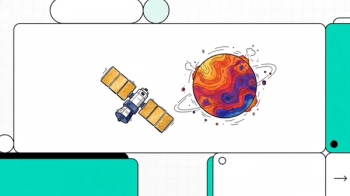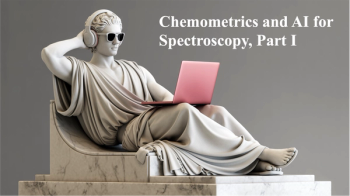
Metrohm Spectro Expands Raman Chemical Warfare Agent Library
Metrohm Spectro Inc., a New Jersey-based company that develops and manufactures analytical science instruments, announced the expansion of its Raman Chemical Warfare Agents library to include 111 deadly substances.
Metrohm Spectro Inc., a New Jersey-based company that develops and manufactures analytical science instruments, announced the expansion of its Raman Chemical Warfare Agents library to include 111 deadly substances, the company announced in a press release on August 13.
Chemical warfare agents (CWAs) are toxic chemicals designed to harm, incapacitate, or kill humans, animals, or plants as a method of warfare. Unlike conventional weapons, CWAs target the biological systems of living organisms, exploiting their vulnerability to chemicals that can disrupt critical bodily functions. CWAs are often grouped based on their effects on the body, which include nerve agents, blister agents, choking agents, blood agents, and incapacitating agents.
Currently, there are several detection technologies available that can identify nerve agents and other CWAs. Ion mobility spectrometry (IMS) is one of these techniques. IMS identifies CWAs by ionizing sample molecules and measuring their mobility through a charged tube, generating a spectrum that indicates the concentration of agents (2). Electrochemical sensors detect CWAs by measuring changes in electrical potential caused by chemical reactions between the agents and sensor electrodes (2). Flame photometry detects specific elements in air samples by burning them in a hydrogen-rich flame and analyzing the emitted light wavelengths (2).
Other technologies and techniques that can detect CWAs include thermoelectric conductivity sensors, surface acoustic wave (SAW) sensors, Raman spectroscopy, mass spectrometry (MS), gas chromatography (GC), and Fourier-transform infrared (FT-IR) spectroscopy. Thermoelectric conductivity sensors measure changes in electrical conductivity when CWAs are adsorbed onto certain materials, while surface acoustic wave (SAW) sensors detect CWAs by monitoring changes in acoustic waves traveling through piezoelectric materials (2). Raman spectroscopy measures the scattering of radiation by chemical species to detect CWAs, and MS analyzes the mass-to-charge ratio of ionized molecules to identify agents (2).
Gas chromatography (GC) separates and detects CWAs in samples by analyzing the vaporized compounds as they pass through a column, whereas FT-IR spectroscopy uses IR light absorption to identify compounds separated by GC (2). FT-IR spectroscopy is most effective when identifying unknown materials such as in chemical spills and illegal dumping sites, and portable FT-IR spectrometers have helped this technique become widely used in forensic analysis and detecting CWAs (3).
The CWA library that was announced by Metrohm is part of its Comprehensive Raman Library, which now contains over 20,150 compounds (1). The updated library focuses on identifying chemical precursors, nerve agents, and Novichok compounds, aiding in the disposal and mitigation of chemical threats, both historical and current (1). Developed with support from global security teams, this library is a crucial tool for police, border patrol, first responders, and HazMat teams, optimized for use on MIRA and TacticID handheld devices (1).
According to Metrohm, their collection of over 20,300 substances simplifies material identification for Raman analysis (4,5). The sub-libraries that exist in this library are all available on all handheld instruments, which can help analysts improve and quicken their search while enhancing accuracy in identification (5).
“Metrohm built this library from the ground up with the final goal to make the largest and easiest-to-use library available for Raman users,” said Nancy Morris, CEO of Metrohm Spectro (5). “We continue to grow our library entries and focus on relevant sub-libraries to enable the application of Raman to more industries and customers.”
References
(1) Metrohm Spectro Inc., Metrohm Expands Raman Chemical Warfare Agent Library. Metrohm Press Release; August 13th, 2024. (accessed 2024-08-15).
(2) Institute of Medicine (US) Committee on R&D Needs for Improving Civilian Medical Response to Chemical and Biological Terrorism Incidents, Chemical and Biological Terrorism: Research and Development to Improve Civilian Medical Response. National Academies Press (US), Washington DC, 1999.
(3) U.S. Department of Homeland Security, Portable Infrared Spectroscopy Chemical Detectors. DHS.gov. Available at:
(4) Metrohm, Raman Libraries. Metrohm.com. Available at:
(5) Metrohm, Metrohm Comprehensive Raman Library Update. Metrohm.com. Available at:
Newsletter
Get essential updates on the latest spectroscopy technologies, regulatory standards, and best practices—subscribe today to Spectroscopy.





